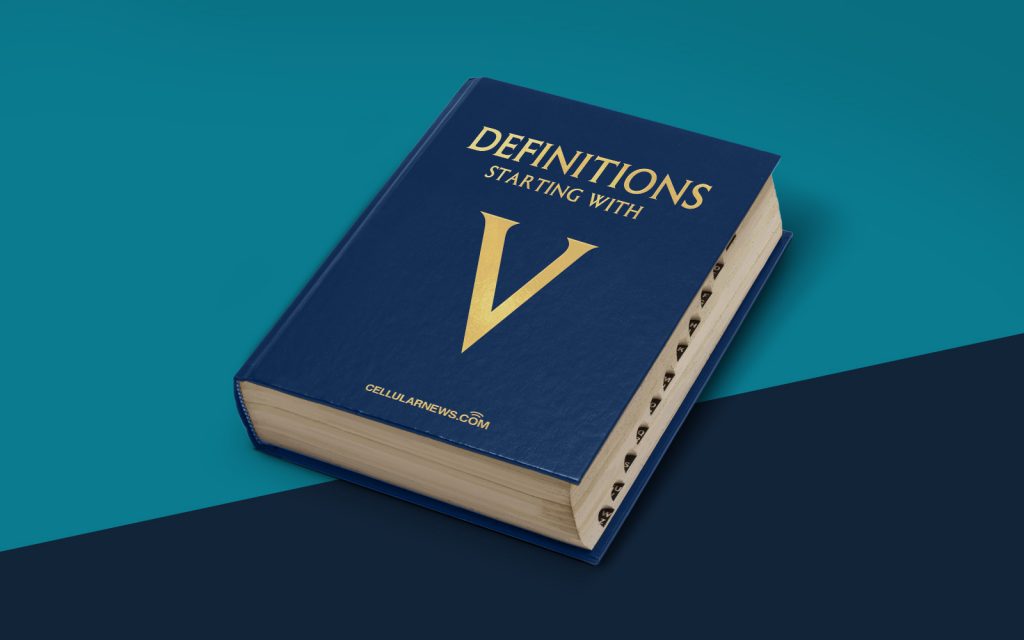
What is a Video Artifact?
Have you ever watched a video and noticed certain imperfections, distortions, or glitches in the image? These visual abnormalities are known as video artifacts. In the world of multimedia, video artifacts can have various causes and impacts on the viewing experience. In this blog post, we will delve into the definition of video artifacts, explore some common types, and discuss their implications in the digital realm.
Key Takeaways:
- Video artifacts are visual distortions or anomalies that occur in digital videos.
- Common types of video artifacts include blocky pixelation, motion blur, ghosting, and color banding.
Types of Video Artifacts
Video artifacts can manifest in several ways, each with its distinct characteristics. Here are some common types of video artifacts you might encounter:
- Blocky Pixelation: This artifact occurs when portions of a video appear as blocky squares, usually due to excessive compression or low-resolution sources. Blocky pixelation can degrade the overall image quality and make details harder to discern.
- Motion Blur: When an object in the video moves rapidly, it can result in motion blur, where the object appears smudged or streaky. This artifact is especially noticeable during fast-paced action scenes or sports events.
- Ghosting: Ghosting refers to the appearance of translucent duplicates of moving objects in a video. It typically occurs when there is an issue with the video’s frame rate or interlacing. Ghosting can create a trailing effect, making the video less crisp and realistic.
- Color Banding: Color banding is characterized by visible bands or stripes of color instead of smooth gradients. It happens when the video’s color depth is insufficient to represent subtle color transitions. Color banding can diminish the overall visual quality and accuracy of the video.
The Implications of Video Artifacts
Video artifacts can have significant implications for various applications, from entertainment to professional settings. Here are a few notable effects:
- The presence of video artifacts can distract viewers and detract from their overall enjoyment of the content.
- For professionals working in video production or editing, the appearance of artifacts can signal technical issues that need to be addressed before finalizing and distributing the video.
- Poorly compressed or artifact-ridden videos can negatively impact streaming platforms, leading to dissatisfied users and potentially affecting the reputation and viewer retention of video-sharing services.
In conclusion, video artifacts are visual imperfections or distortions that can occur in digital videos. Understanding the common types of video artifacts and their implications allows video creators and consumers to recognize and address these issues effectively. By ensuring high-quality video production and minimizing the presence of artifacts, we can enhance the viewing experience and elevate the overall quality of multimedia content.
